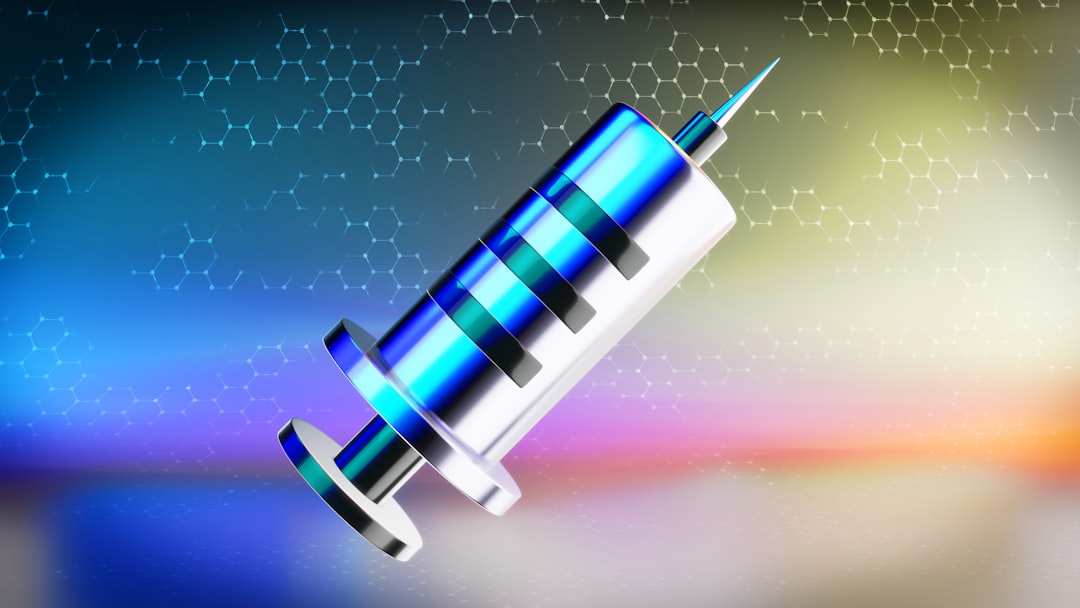What is it about?
Material properties such as proton-conductivity and cation encapsulation/exchange in inorganic layered structures are well sought after. Self-assemblies of anionic 2,3-pyridinedicarboxylate copper complexes and coordination polymers guided by organo-ammonium cations to form layered structures , their proton conductivity as well as cation exchange are discussed.
Featured Image
Why is it important?
Layered structures are very important in cation exchange, optical, electrical, molecular recognition and conductivity. The flexible layers from self-assemblies of inorganic compounds are useful in modulating inter-layer separation and to modulate properties. Sorption, disorption properties of layered structures are of great concern to understand breathing mechanism by materials or to make flexible structures that would respond to stimuli. In this study we have elucidated the changes in inter-layer separation, proton conducting properties. The thermal decomposition of ionic hydrogen bonded inorganic systems resulting in different decomposed inorganic species (oxide in these examples) have future to develop new materials with control compositions, sizes, shapes for practical applications. This study has a collective aspects dealing with these aspects.
Perspectives
The proton conductivity , adsorbsion-desorption, catalysis, optical properties including non-linear optics, molecular recognition, ion delivery, modulation of layered structures associated with these molecules have definite future.
Professor Jubaraj Bikash Baruah
IIT Guwahati
Read the Original
This page is a summary of: Cation Exchange in Layered Copper(II) Coordination Polymers, European Journal of Inorganic Chemistry, November 2013, Wiley,
DOI: 10.1002/ejic.201300906.
You can read the full text:
Contributors
The following have contributed to this page










